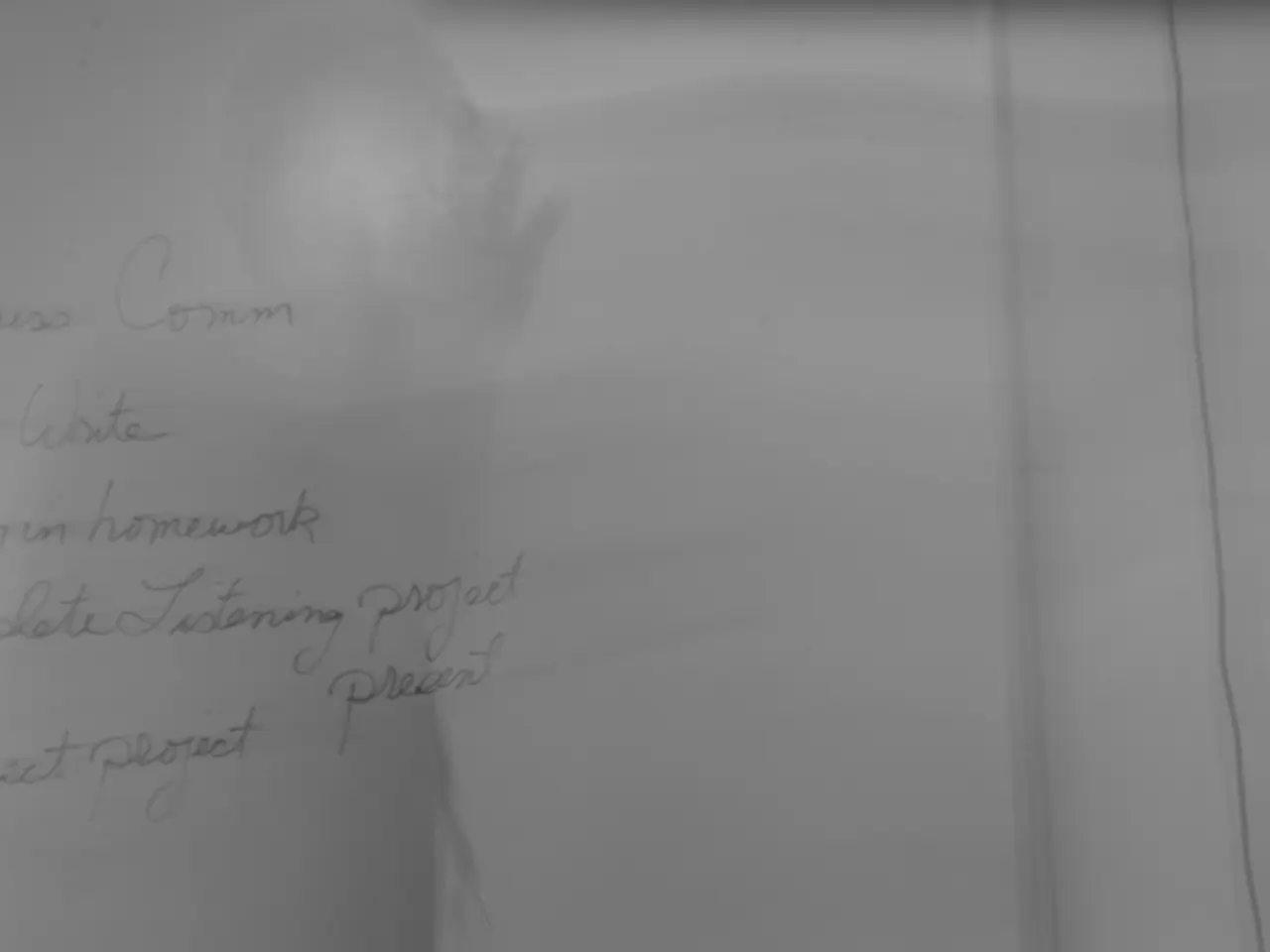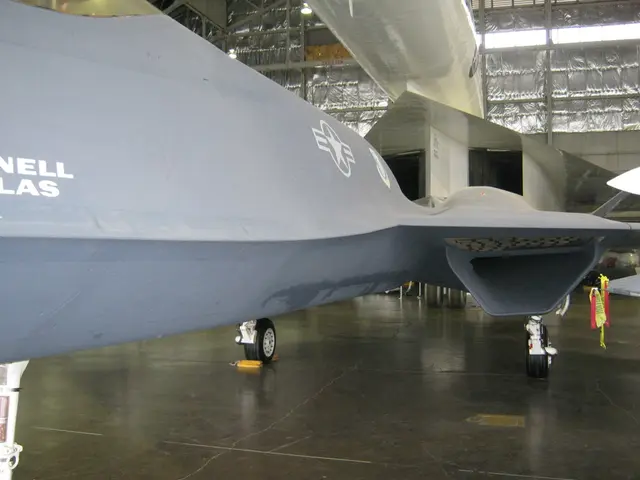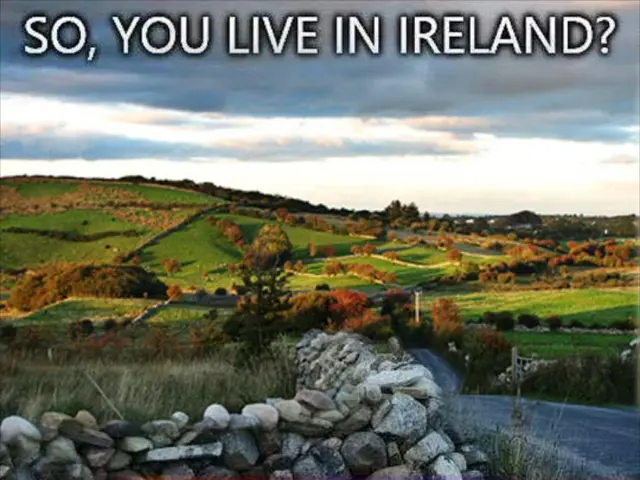Social Inequality and Class Oppression in the Train-Bound World of Snowpiercer
In the dystopian film Snowpiercer, society is confined to a perpetually moving train, a microcosm of contemporary debates surrounding wealth inequality and the concentration of power. The train's physical layout mirrors societal stratification, with each carriage representing a distinct social class. This setup symbolizes systemic oppression and the extreme disparities of wealth and power.
The film critiques how the elite maintain control through exploitation and violent suppression of revolts, illustrating themes of injustice, resistance, and the cyclical nature of societal oppression. Key social commentaries and themes include:
- Class Division: The train physically and symbolically divides its passengers by class, with stark differences in living conditions and privileges between the front and tail sections, highlighting the entrenched social hierarchy and wealth inequality.
- Oppression and Exploitation: The lower classes endure brutal conditions and deprivation, while the elite benefit from luxury, reflecting real-world dynamics where poverty is sustained by the privileged few's control over resources.
- Rebellion and Resistance: The story follows a violent uprising from the oppressed tail section, emphasizing struggles for justice and equality against a powerful ruling class.
- Social Inequality as Engineered and Naturalized: The film suggests social inequality is not accidental but engineered through systems that normalize and perpetuate discrimination and oppression—capturing how those in power use ideology and force to justify and maintain their dominance.
- Environmental and Social Commentary: The dystopia itself results from global environmental collapse, paralleling contemporary concerns about how climate disasters disproportionately affect marginalized communities and exacerbate social inequalities.
Overall, Snowpiercer serves as a parabolic critique of capitalist society, social stratification, and the persistence of economic and political inequalities, using the train as a microcosm of the world where inequity leads to conflict and upheaval.
The train's engine symbolizes centralized power and monopolization of decision-making processes. The struggle to move from the tail to the front mirrors the challenges faced by many in climbing the socioeconomic ladder today. The journey from the back to the front of the train represents a rebellion against entrenched systems, a quest for equality and justice.
Movement between carriages is strictly controlled, highlighting barriers to upward mobility and the rigidity of social structures. Resource control is a critical mechanism for maintaining power in Snowpiercer. The front cars represent luxury and excess, symbolizing the insulated world of the rich, while the tail section embodies poverty, with its inhabitants living in squalor and constantly fighting for basic necessities.
Snowpiercer is set aboard a perpetually moving train that houses the remnants of humanity after a cataclysmic event. It serves as a narrative urging us to question and address the inequities that persist in our world. By reflecting on these themes, Snowpiercer invites viewers to reflect on the moral and ethical implications of such a rigid class system.








